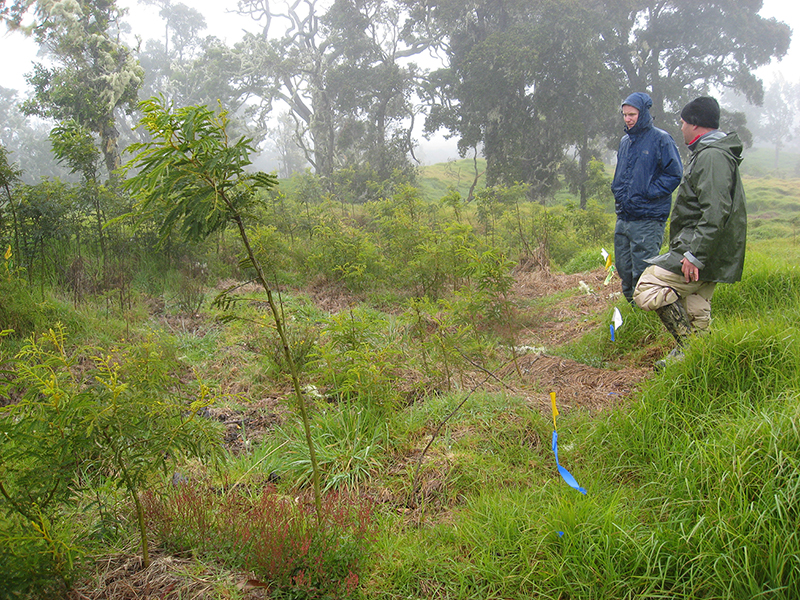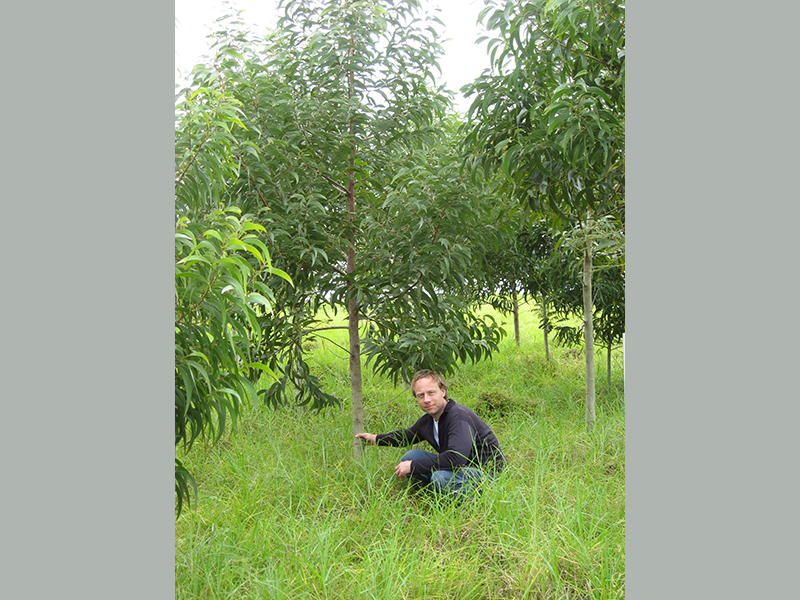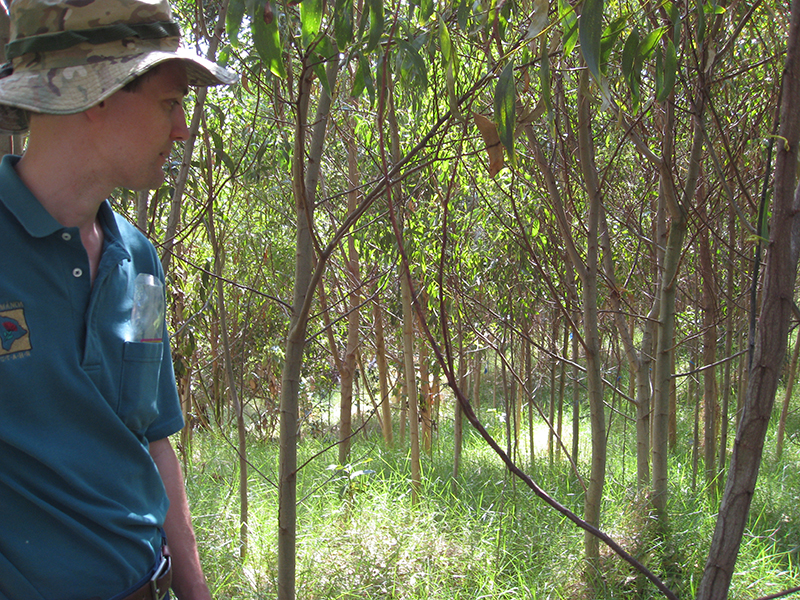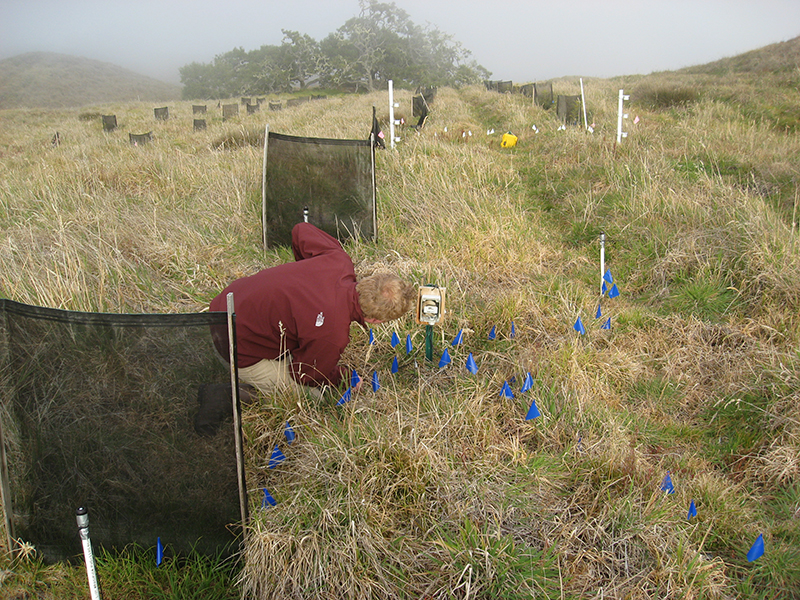research gallery in Hawaii
Tropical tree improvement and regeneration lags behind that of temperate regions, despite the global importance of tropical biodiversity, tropical timber production and the growing need for large-scale approaches to restoration. We need to expand capacity in tropical hardwood tree improvement and regeneration to serve the needs of tropical regions. There are tremendous opportunities for a Hawaii-based tree improvement and regeneration program—for conservation and restoration but also commercial forestry applications. Despite current conditions, opportunities to restore koa forests and the ecosystem services that those forests would provide exist because of decreased economic viability of cattle production; marginal economic viability of low value forestry operations in low elevations; and high ecological, cultural and economic value of restored native forests. Lack of improved cultivars and knowledge of genetics, economic return and silvicultural practices hinders reforestation of degraded land with native tropical hardwood species. For more information, research and photos view Tropical HTIRC.








